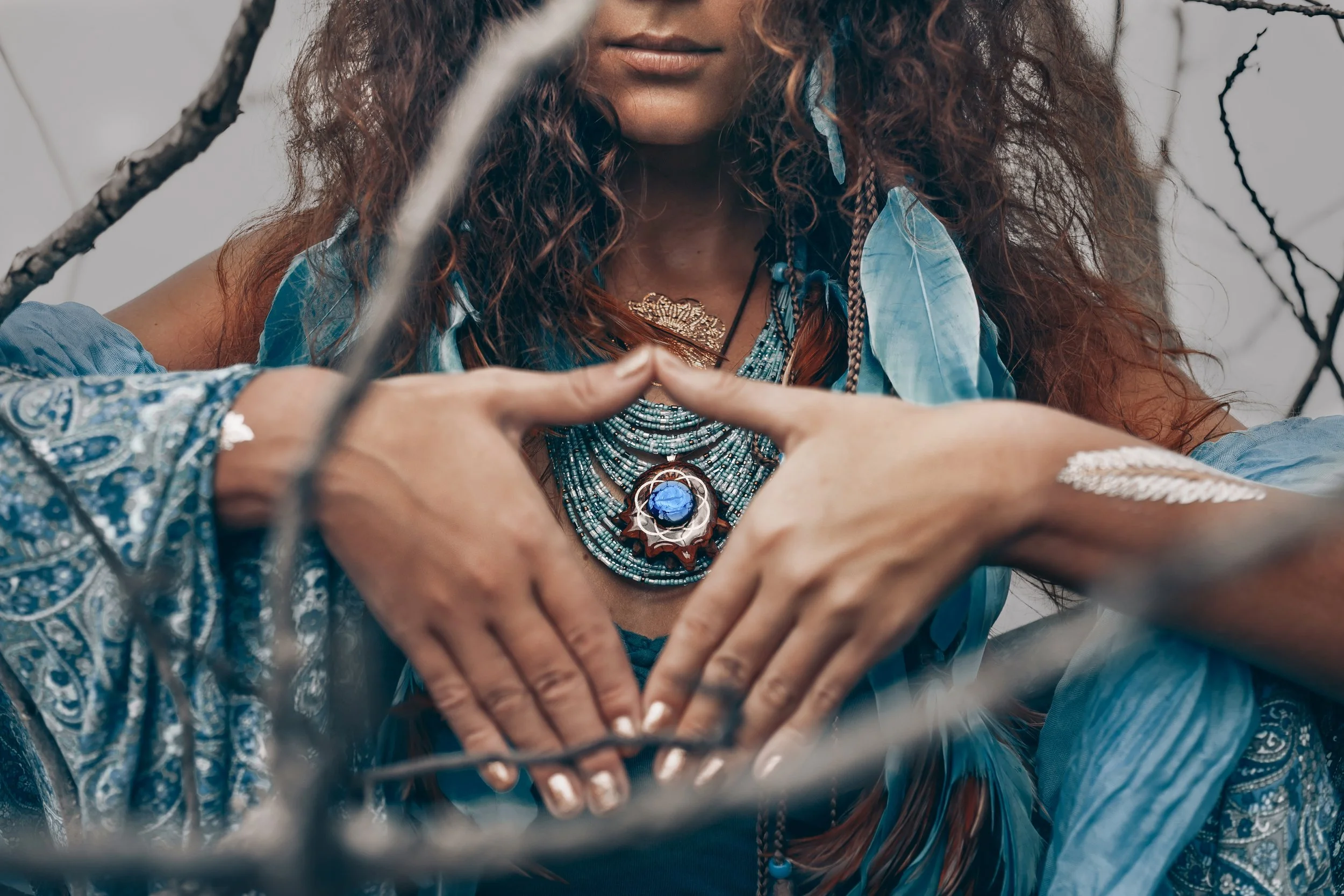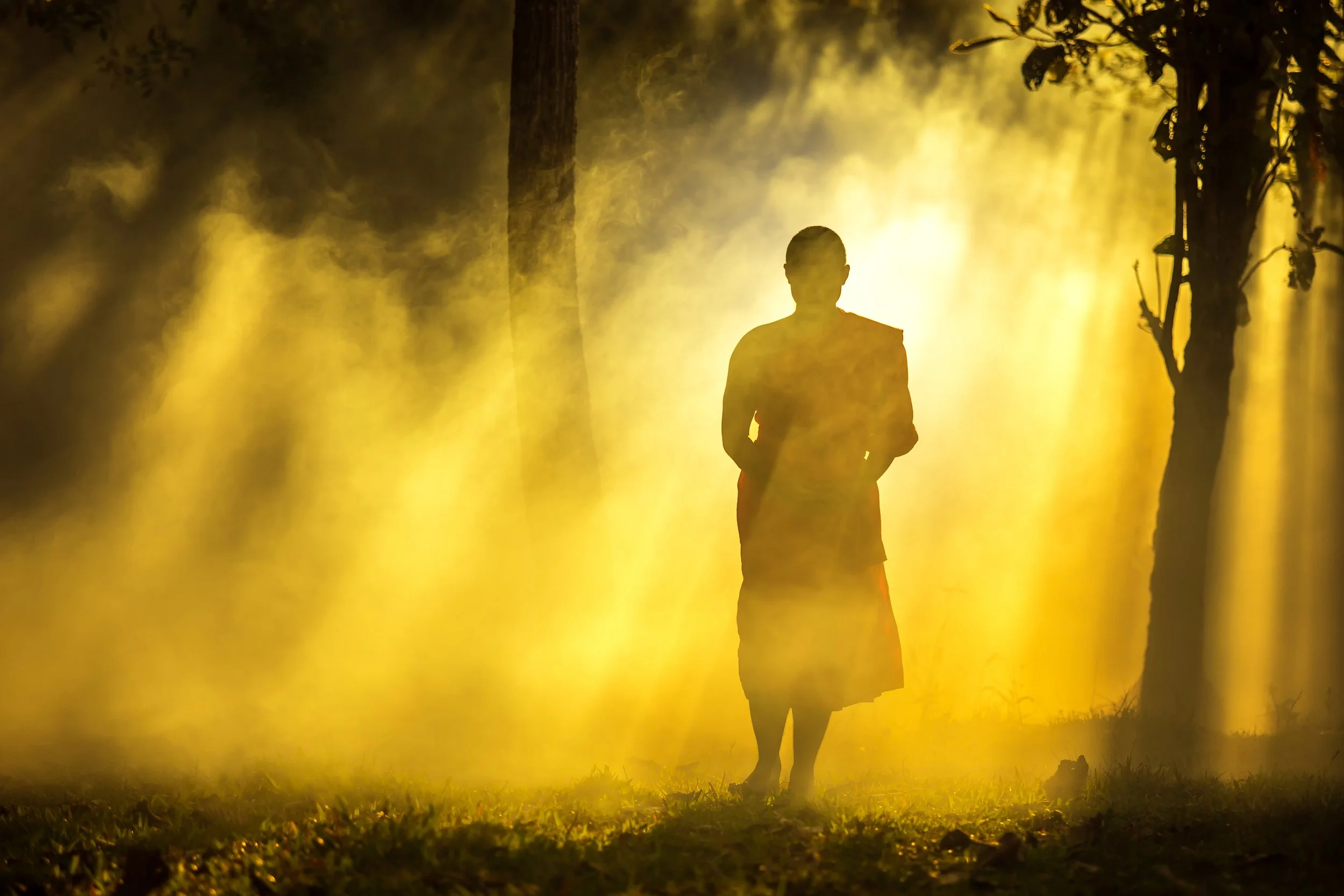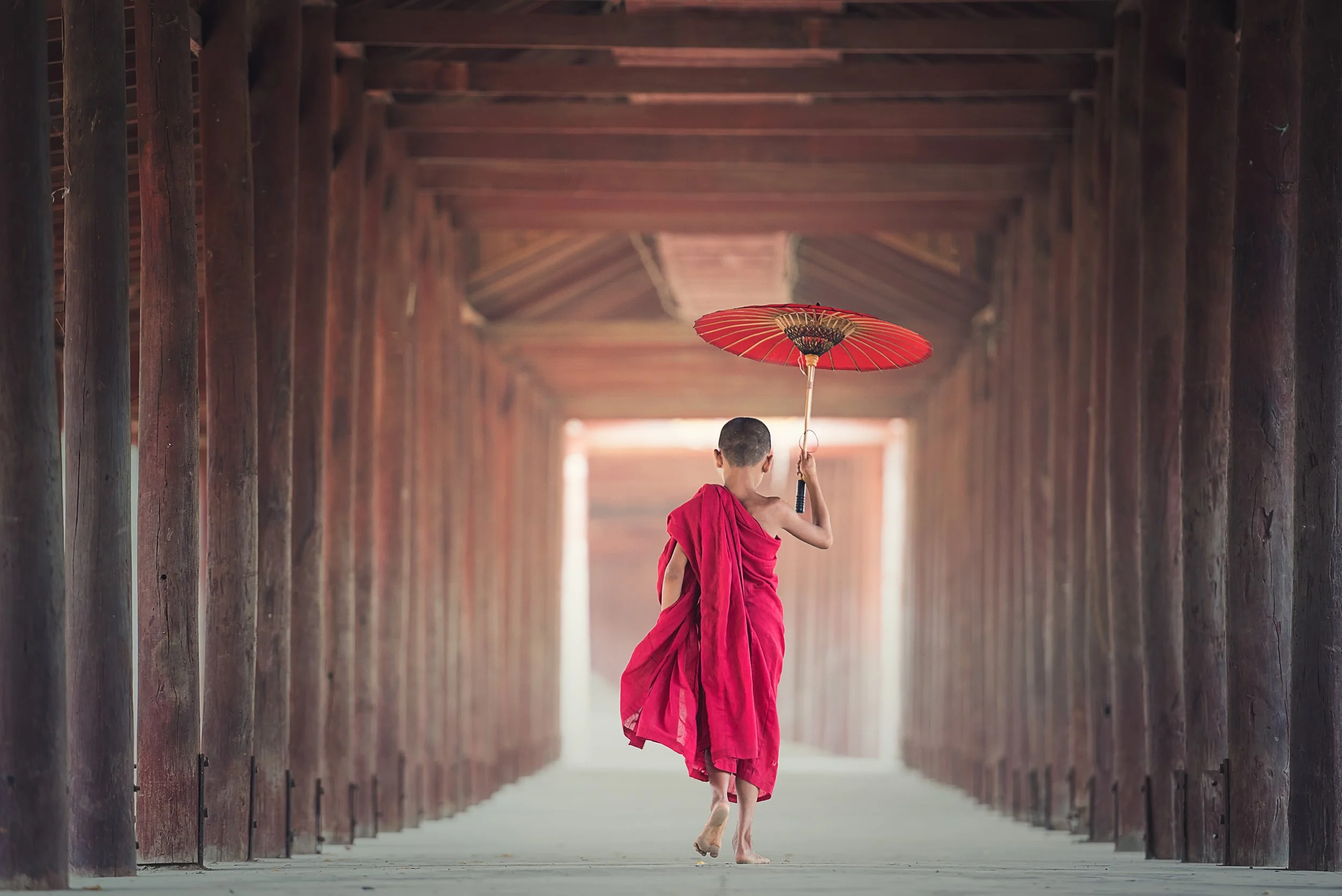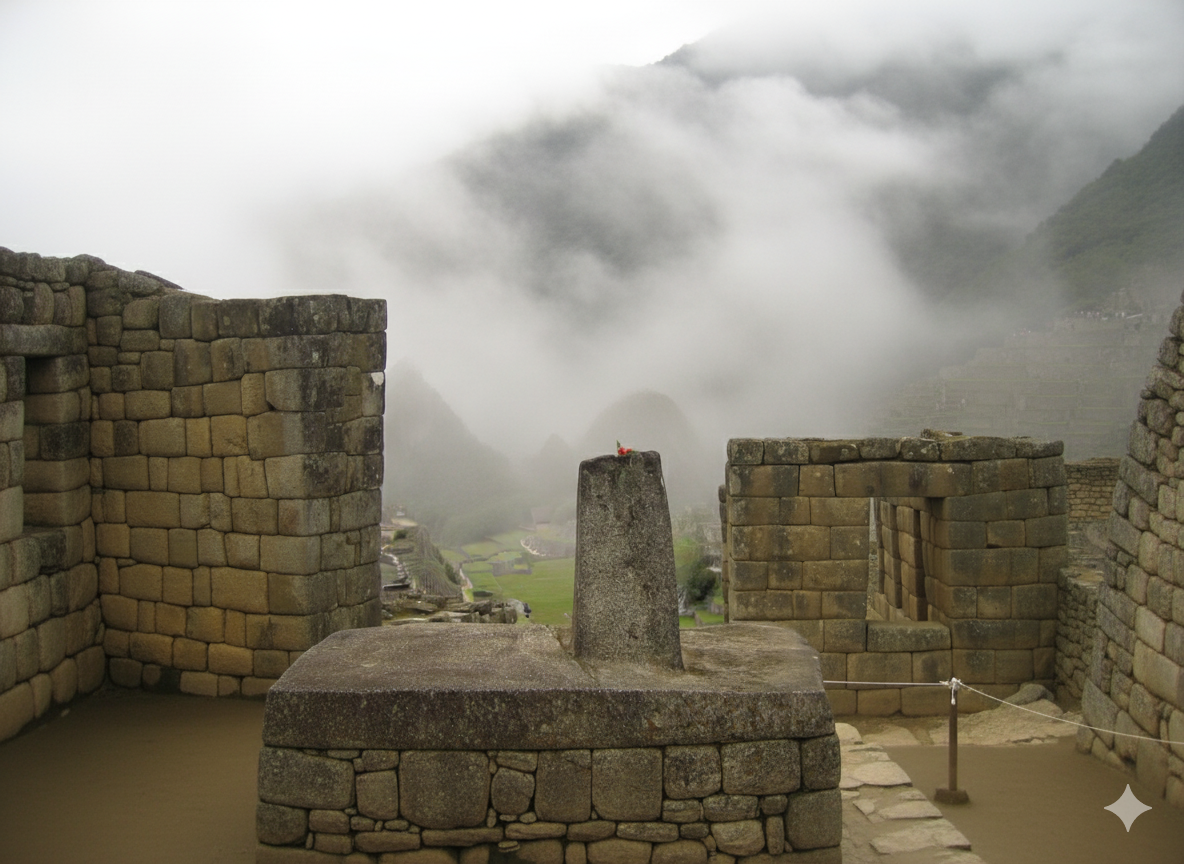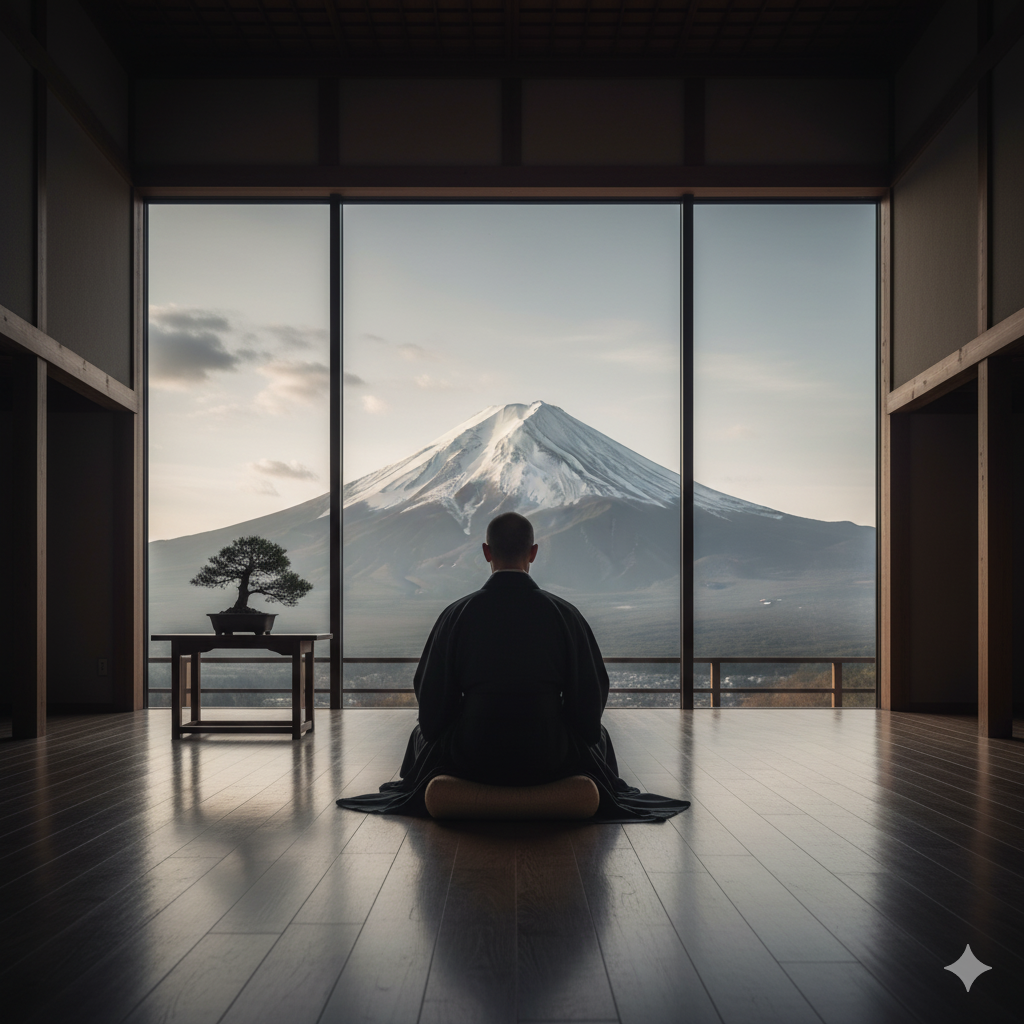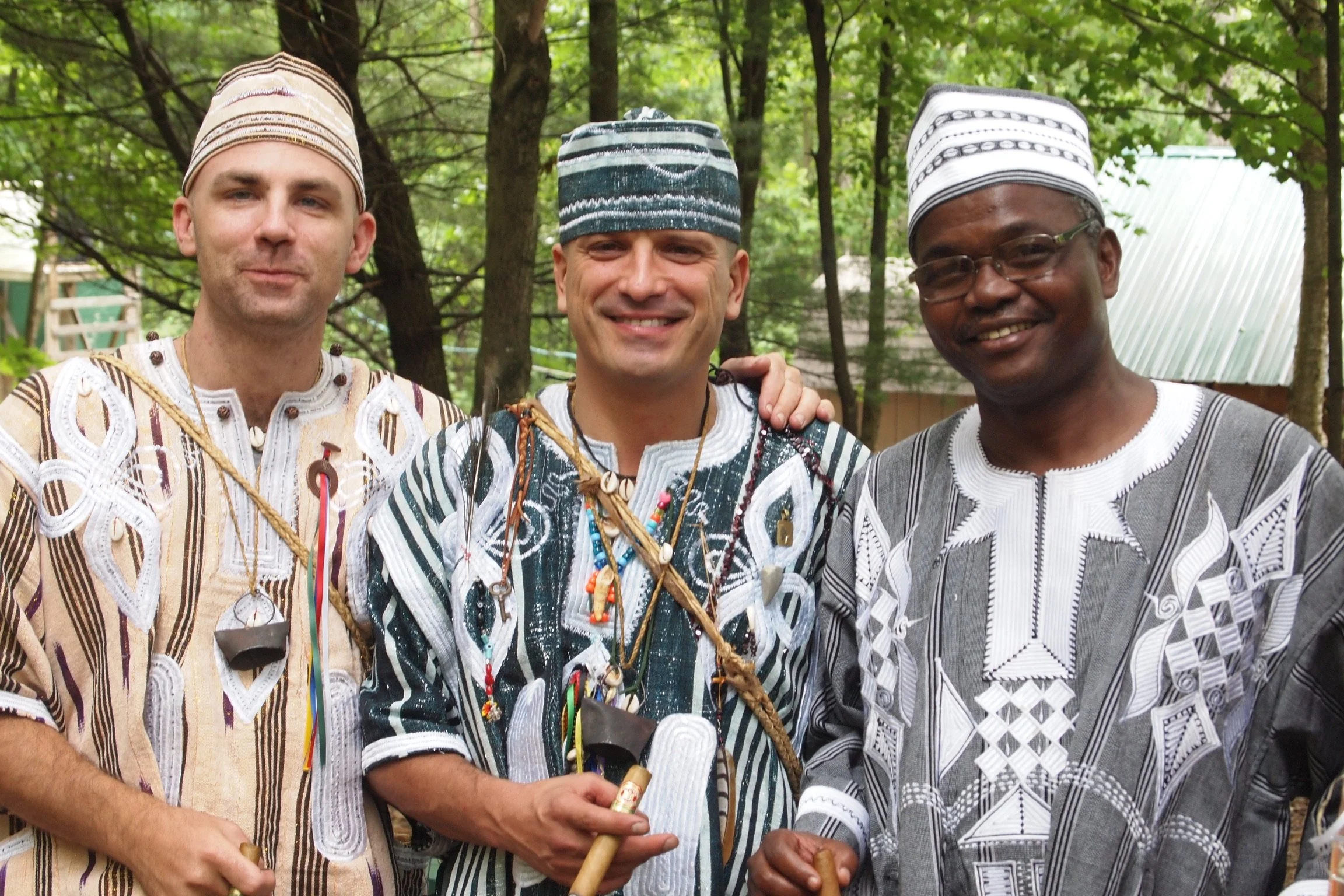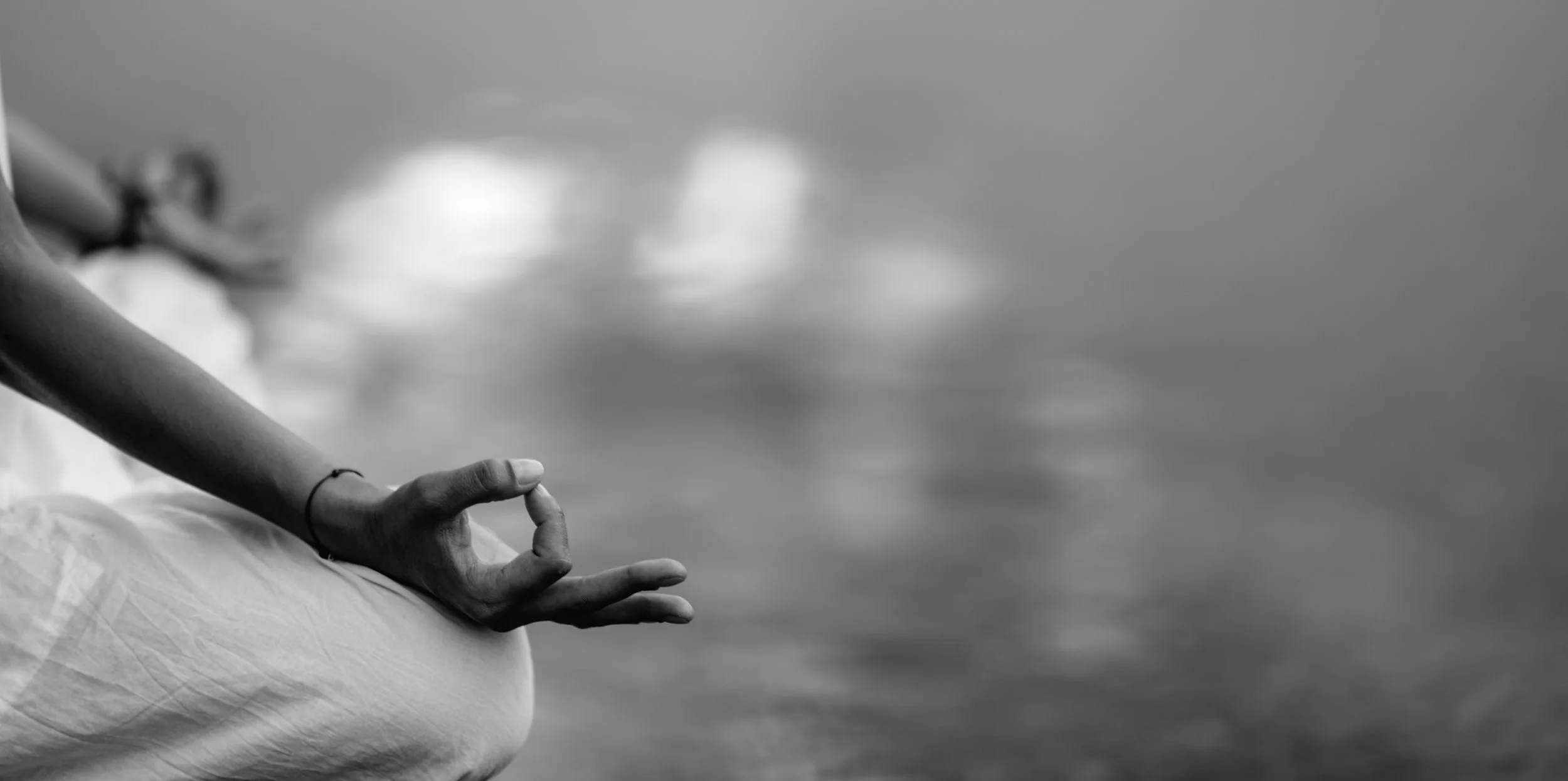TSL was created by Zayin Cabot, Ph.D.
Zayin Cabot is a scholar-practitioner whose work bridges philosophy, comparative religion, and lived spiritual practice.
He holds a B.A. in Comparative Philosophy from the University of Hawaiʻi, with a focus on Sanskrit, Buddhism, and Indian philosophy, and both an M.A. and Ph.D. in East–West Psychology with a focus on comparative philosophy of religion.
As a former professor of history of religion and comparative philosophy, he brings decades of scholarly expertise to questions of how ancient wisdom traditions inform contemporary spiritual life. His academic background provides the foundation for serious engagement with primary texts, historical development, and cross-cultural analysis of religious and philosophical systems. His first book, Ecologies of Participation, lays the groundwork for this current project.
Alongside his scholarly work, he maintains an active practice in multiple spiritual traditions. Initiated by Malidoma Somé as both a diviner and elder within the West African Dagara tradition, Zayin facilitates rituals and events within his local community. He is also deeply engaged in Buddhist and nondual Trika Shaivism communities, using this engagement as a living laboratory for exploring and recovering nondual Neoplatonic traditions in the West. This dual approach—academic rigor paired with direct experience—shapes both his research and his teaching.
Personal work with Zayin looks like a handful of individual sessions, and feels like embodied liberation. For more information use the contact form for this website.
A more creative story…
South America sounds like salvation if you say it enough times. In his mid-twenties, outside of any formal lineage, Zayin experienced a radical awakening: a direct encounter with the Light, a profound recognition of śūnyatā (emptiness), and a sudden flooding of spirits, ancestors, and other subtle bodies — all at the same time.
Rather than reduce these diverse revelations to a single framework, he has devoted his life’s work to cultivating what he calls participatory pluralism — a way of honoring distinctions between traditions while seeking meaningful dialogue and common ground.
This pluralism has been shaped by decades of study and practice across traditions:
Being, Light, and Attention: Noetic Presence.
Zayin woke up to the reality of the Light in his twenties outside of any specific tradition. Some twenty years later he finds himself drawn into the participatory nondual lineages of Neoplatonism and Trika Shaivism. Luminous traditions that carry a golden thread through the Western and Indic worlds. As beautiful as these Light-oriented traditions are, their exaltation of Being as primary can eclipse the vitality of Life and the intimacy of Love, casting them as lesser or derivative. Zayin’s task has been to receive their brilliance without allowing hierarchy to silence the other dimensions of reality.
Becoming, Life, and Action: Embodied Vitality.
At the very moment Zayin awoke to the Light, he was also inundated by a flood of other-than-human beings — spirits, ancestors, animals, and trees, a cacophony of other-bodies that dissolved the boundaries of his person. Guided by Michael Harner (The Way of the Shaman) and other mentors, he learned not to drown but to swim in these deep waters, discovering a spirituality grounded in shared bodies, embodiment, and vitality. The best nondual traditions nod to this vibrational field of life, but too often deny Life its own autonomy. Luckily Life resists our abstractions, insisting that rhythms, hungers, and spanda-like vitality are not illusions to be transcended but sacred realities in their own right. And yet, taken alone, Life’s current can slide into a vitalist fundamentalism by reducing everything to flux, appetite, or the intimacy of shared bodies. Life, like Light, must be brought into dialogue with the communion of Belonging.
Modernity. Lonely & Lost… The Myth of Enlightenment.
Modernity is the uneasy child of Being and Becoming — or rather of the dualisms and nondualisms that the Myth of Enlightenment can never quite resolve. Here the ego is both enthroned and shattered: hyper-individuality breeds abstraction and alienation, while an obsession with the mechanisms of matter drains Life of its vitality, leaving the world flat and lifeless. And yet, modernity also cracks the shell of old certainties, gesturing toward the possibility of agency, of time-freedom, and embodied liberation. In contrast to reductionist materialism, which insists that Becoming is the only “real real,” Zayin defends Life, Love, and Light as indispensable but not ultimate. Each one is a voice in a wider chorus; distinct and overlapping ways of world making. Modernity is not just a dead end; it is a beginning. It has broken the Reality open, and through the cracks something novel presses in from Beyond.
The world needs new stories, and you have a story to tell.
Though Zayin was able to stabilize his recognition of the Light as well as Zen-like kenshō early in his life, he danced around a handful of nondual teachers, but always steered clear for reasons that have taken him a lifetime to understand. He is currently involved with a small number of communities devoted to the Direct Path, nondual Trika Shaivism, and distinct forms of Buddhism.
At this point in his life he feels the freedom to turn back to nondual awakening, but through a life organized as much around community ritual and embodied life. He lives and works in the Bay Area with his family, and sometimes teaches and guides people toward a practice that he thinks of as embodied liberation.
As host of This Spiritual Life, Zayin explores how the spiritual is lived through his original 3 + 1 model of Attention (Light, Being), Agency (Love, Belonging), Action (Life, Becoming), and the mysterious fourth of Apophasis (Liberation, Beyond). When engaged through practice, this work feels like embodied liberation. Below you will find more information about Zayin’s life, and how this body of work emerged through him.
A slightly longer story…
A voice spoke to Zayin at the age of seven, introducing him to the reality of the Light and the Dark. After a life lived bouncing around various small towns, he graduated highschool, dropped out of college, was kicked out of the military, and worked shift work in a silver mine in Nevada before attending the East-West philosophy program at the University of Hawaii (UH). During that time he studied Western, Buddhist and Vedic philosophy as well as Sanskrit. He spent a year in India, ostensibly to study at the Universities of Pune and Calcutta, but he spent most of that time traveling around the country. After he graduated from UH, he bought a one way ticket to South America with a friend,
There is a clear before and after here. While standing on a mountain in Peru, he woke up to the reality of the Light, śūnyatā, and various subtle realities. This was in his early twenties. Desperate to find some ground, Zayin has been sitting zazen since his mid-twenties. He was taught how to swim in different realities by Michael Harner, author of the Way of the Shaman, in his late twenties. Around that same time, Zayin was blessed to meet a group of teachers from Spain (Marina Romero, Ramon Albareda, Jorge Ferrer) who dropped him into the deep waters of holistic transformation and an embodied spirituality. Zayin met Malidoma Somé in his early thirties, author of Of Water and Spirit. He spent better part of the next two decades with Malidoma, living and teaching the ways of divination, ritual, and elderhood through a West African, Dagara way of life.
From his late twenties to mid-thirties Zayin completed an M.A. and Ph.D. in East-West Psychology (comparative religion) at the California Institute of Integral Studies. He taught in the philosophy and religion department of California State, East Bay for about seven years, before leaving academia to pursue other things.
Emptiness complicates the Light of nonduality. While Zayin was waking up to the reality of the Light, he was also dancing with the life-giving void in which Being and Light have no meaning. He found the spaciousness to be with this paradox while sitting zazen. In the East Asian traditions of Chan and Zen, awakening is not to a Light-like emanationist Being as found in the nondual traditions of the Abrahamic traditions, Neoplatonism, or Shaivism. As foundational and real as the Light is, it is no-thing in the presence of śūnyatā — emptiness as a field of ever-present events empty of own being. Śūnyatā calls into question the primacy of Being by emphasizing something closer to a nondual Belonging: a communal, relational awakening that unsettles the Indo-European tendency to emphasize subject-object relations, while grounding reality in an ultimate substance or essence. Countless arguments have been made trying to determine which nondual tradition has “figured it out”. We could argue for lifetimes about which one holds the ultimate answer, the singular truth, the final ontology. The participatory pluralism defended by Zayin goes in a different direction: there is no one “nonduality,” no ultimate and autonomous Being. But this does not mean there is no such thing as truth. There are a diversity of truths vying for our attention. And this is precisely where the Myth of Enlightenment gets wrong — its obsession with a single, final truth blinds us to the many ways reality reveals itself through different paths, i.e., the Light of Being, the Life of Becoming, the Love of Belonging, and the Beyond of Liberation as it opens into the mystery of Reality and the nature of freedom.
Belonging, Love, and Agency: Mythic Participation.
Twice in his life Zayin was shocked into realizing he didn’t have it all figured out. Since then, this experience has happened so many times he stopped counting. But the details of the first two are important. The first came in a community devoted to holistic transformation, when a teacher bluntly told Zayin: you don’t have a heart. He had been absorbed in the Light of Being, channeling Life’s vitality toward awakening, while neglecting the call of relationship. The remedy was deceptively simple: to commit himself to love as husband, father, and friend. The second shock came when he met the Earth through apprenticeship with Malidoma Somé and the Dagara people. Here, any presumption of Being’s primacy fell away as he came to feel the depth of the Dagara relationships with not only Earth, but Fire, Water, Nature, and Mineral, the key aspects of their cosmology. Through this work, Zayin was introduced what the Dagara call “technologies of relationship.” Through ritual, myth, and kinship he discovered a world where communion is the ground of truth — all our relations, bound together in shared stories. Yet he also saw how Belonging, too, can harden into mythic fundamentalism, flattening Being and Becoming into its narratives. His work is to honor Belonging as one essential voice in a plural chorus.
Beyond, Liberation, and the Freedom of Apophasis.
Zayin’s path has never fit neatly into ready-made containers. How simple it would have been to become a monk, join an academic department, or work to remember and live indigenous and mythic traditions. But none of these paths could hold the full complexity of Reality pressing in upon him. His work, instead, is committed to something other — to something just Beyond — the freedom to inhabit right where you are. A kind of plus one that ultimately feels like transparency.
Drawing on a wide variety of sources, Zayin has learned to lean into this “+1” that unsettles every triad: the apophatic fourth, the irruption of novelty and agency from Beyond. Reality is not simply the Light of Being, nor only the Becoming of Life, nor only the Belonging of Love. It is always triadic — never strictly dual or neatly nondual — rather, Reality is more like a play made possible by the third thing, the messy middle of relational participation.
And yet every triad is porous, always interrupted by a fourth: the freedom of agency, the apophatic Beyond.
This is why no single tradition can claim the final word. Zen’s awakening to kenshō and satori does not collapse into the Light of Being; the Dagara’s relationship to Earth cannot be absorbed into nondual frameworks or the rigpa of Tibetan Buddhism; the modern search for freedom opens possibilities that tradition alone cannot answer. Committing to a participatory pluralism means holding these differences open — not into hierarchy, not into reduction, but into an embodied freedom where each way of world-making can play on a shared field without being subsumed.

